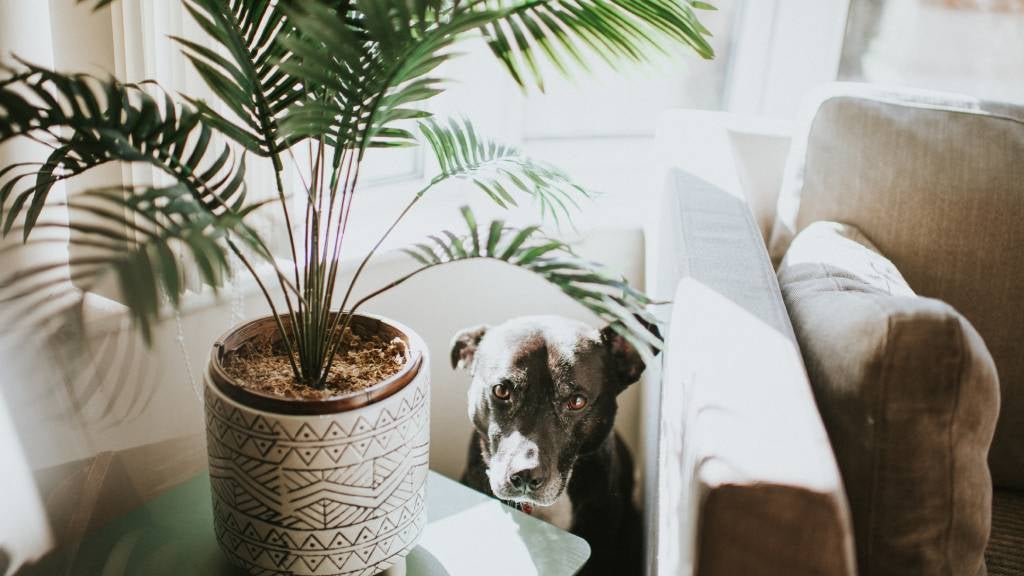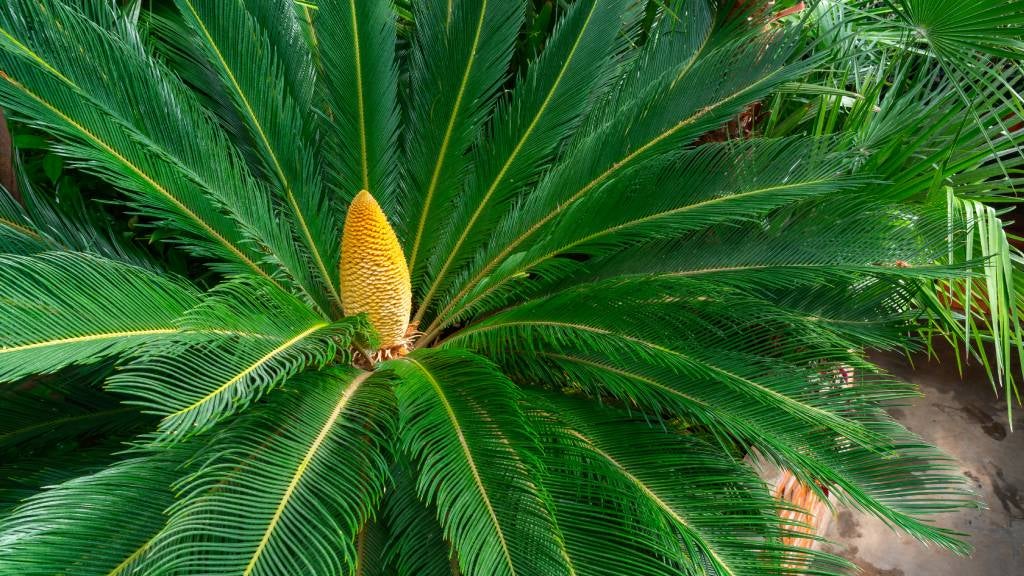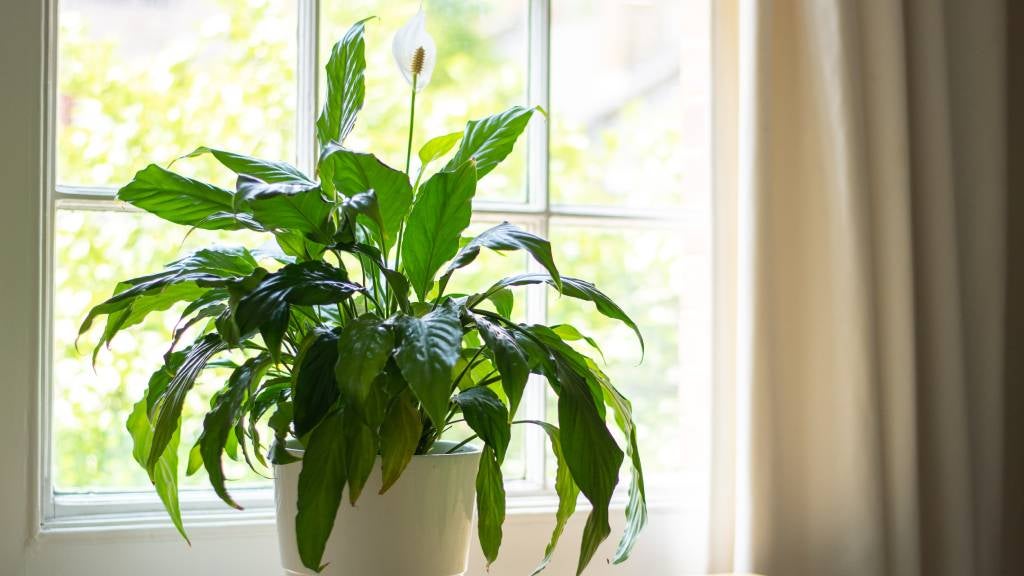What to do if your dog eats a houseplant? [Factsheet]

Written by Sophie Herlihy for SPCA Pet Insurance with commentary from Dr Rosalind Holland.
Our pooches, full of energy and happiness, are a joy to behold — until they start nibbling on something they shouldn’t be, like your collection of houseplants. If you're reading this, you might have experienced the sinking dread that follows the discovery of a chewed, spit-out, or swallowed portion of greenery.
The effects of dogs eating plants can range from mild stomach upset to severe toxicity, depending on the type of plant ingested. While some plants are completely safe for dogs, others are more worrying.
So, what should you do? First things first, don't panic. Take a deep breath and let's assess the situation with the help of our very own Dr Rosalind Holland (BVSc, MVM, MANZCVS).
Identifying the plant
It starts with recognising which plant your dog has eaten. Not all plants are toxic, and not all toxic plants are lethal for dogs. However, immediate identification of the plant is important for guiding further action.
Here's what you can do:
Use plant identification apps
The modern pet owner has a variety of plant identification apps available at their fingertips. These apps can help you quickly identify any foliage that your little friend fancies in your garden or home.
Know what's in your collection
Before buying a houseplant, research its name and any associated toxicity to determine if it’s pet safe. The more informed you are, the better you can prevent potentially harmful encounters.
Familiarise yourself with common culprits
Dr. Holland insists, "The best way to avoid your dog suffering illness from ingesting a plant is to remove toxic plants from their environment." She goes on to point out that while some plants are well-known offenders, like lilies and certain house plants in the Araceae and Dieffenbachia families, there are less obvious dangers like cut flowers or garden plants brought indoors.
Some common toxic indoor plants include, but are not limited to:
Sago Palm:
Found in many homes, it is highly toxic to dogs and can lead to liver failure.

Lillies:
Particularly noxious to cats but still a danger to dogs, lily ingestion can lead to kidney failure.


Philodendron:
Common in households, ingestion can cause oral irritation and difficulty swallowing.

Being aware of these and other dangerous plants ensures that you can act swiftly when needed.
Contacting your veterinarian
The next step is to reach out to a professional. Your veterinarian or the Animal Poisons Line is the best resource for guidance on managing the situation.
The urgency of the response depends on the toxicity level of the plant. Contact your veterinarian as soon as you can after you suspect that your pet has ingested something they shouldn't have.
Even plants that aren't reported as toxic can cause uncomfortable symptoms for dogs, such as stomach upset or oral irritation Dr Holland advises, so vet guidance is always recommended following any plant ingestion.
Your vet will provide specific advice on the next steps based on the situation. This could include inducing vomiting, administering activated charcoal, or admitting your pet to the clinic for further care. Something to note - do not attempt to induce vomiting unless under veterinary guidance as this can be dangerous and may cause more harm to your pets.
Watching out for symptoms
Dr Holland explains that the most common symptoms of plant toxicity are gastrointestinal, neurological, or oral irritation. Here's what to look out for if your dog has eaten a plant:
- Vomiting and diarrhoea: These are the most common initial signs that something is amiss in your pet's digestive system.
- Weakness, tremors, or wobbling: These symptoms can indicate a neurological reaction to the plant's toxins.
- Excessive drooling: This is a sign of oral irritation and can be accompanied by difficulty swallowing or breathing.
- Lack of appetite: This may be a result of stomach upset or oral irritation. Oral irritation may not be immediately obvious, so look for additional signs like redness or pawing at the mouth.
Collecting plant information
While you monitor your dog's behaviour for any unusual developments, collect as much info on the 'culprit' plant as possible When you call your veterinarian, have the following information ready:
- The name of the plant or plants your dog has eaten.
- An estimate of what parts of the plant and how much they have consumed.
- If possible, take a picture of the plant and bring it with you to the vet's office.
If you know your dog's approximate weight, share this also. By providing this information, your veterinarian will be better able to assess the situation and determine any necessary treatment.
Monitoring their behaviour
Post-eating is a crucial time to keep a close eye on your pet. The faster you can react to symptoms, the better the chance for a positive outcome.
You should monitor:
- General alertness: Is your dog lethargic? Or are they unusually hyperactive or agitated? Sudden changes in behaviour can be indicative of a problem.
- Appetite and thirst: A lack of appetite or excessive thirst are signals that something is not right. Pay attention to changes in their normal eating and drinking behaviours.
- Breathing patterns: Rapid or laboured breathing can be a sign of distress and a need for medical intervention.
When to visit the emergency vet
If symptoms persist or worsen, it's time to load up the car and make a dash to the emergency vet. Don't hesitate, don't wait for 'work hours' — when your pet's health is on the line, speed is your ally.
Not every plant is cause for an immediate vet trip, but some are absolutely an emergency. If your pet is showing severe symptoms, don't wait for it to get worse.
Go to an emergency vet if your dog experiences the following:
- Seizures
- Collapse
- Unconsciousness
Staying informed and prepared can make all the difference in ensuring the safety and well-being of your beloved companion (especially when they gobble up something they shouldn’t have!) However, unpredictable incidents can occur. This is where financial security can really shine.
Download our free Pets and Houseplants Guide here
25 Jun 2024
